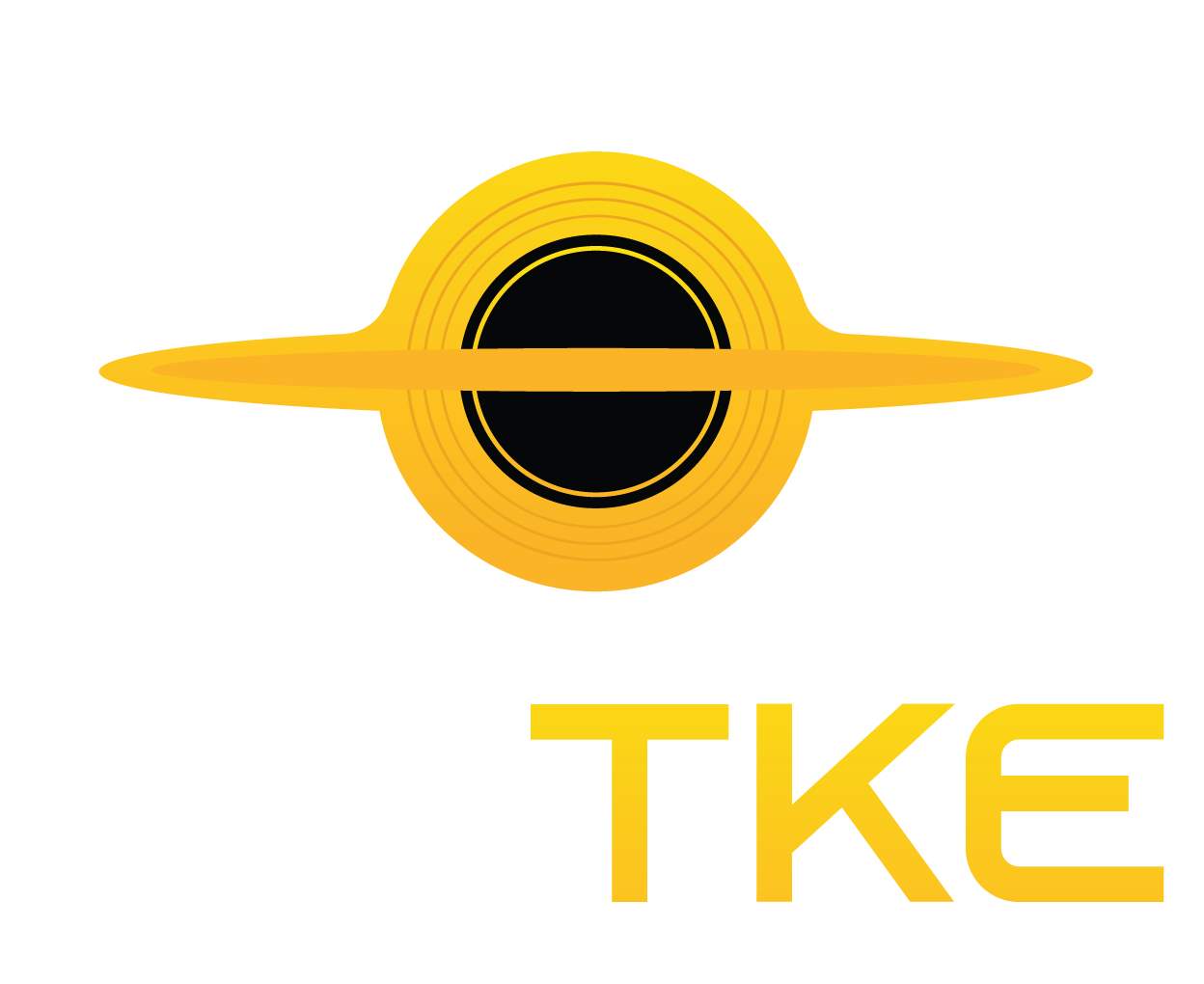Study Provides First Evidence for Why we Sleep
A new study has provided the first direct evidence to explain the function of sleepDepositphotosScientists have integrated physics and biology in a study that offers the initial direct evidence elucidating the purpose of sleep. By likening the brain to a biological computer depleted of resources during wakefulness, they showed that sleep acts as a...










